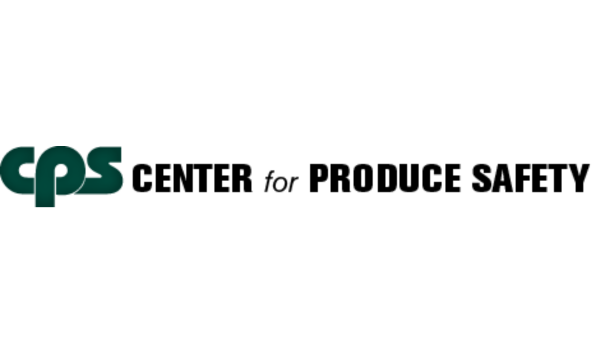April 19, 2022 – Mohit Verma, Ph.D., with Purdue University, is leading efforts to develop a low-cost portable paper-based tool that can produce results of potential mammalian fecal contamination in about an hour.
Having this information quickly could help producers make informed risk assessments before they plant or harvest, he said.
“What we really hope for is to build a risk-management tool that could be specific to their own sites,” Verma said. “Right now, there are guidelines for distances from animal operations, but they are relatively general. What we envision is almost like a pre-growing risk assessment if they’re close to a feeding operation. That way they could set mitigation strategies.”
The same type of risk assessment also could be performed before harvest using the test results.
Joining in the project, titled “Field evaluation of microfluidic paper-based analytical devices for microbial source tracking,” is co-principal investigator Aaron Ault, a Purdue University senior research engineer.
Verma credited Ault with starting discussions to develop portable test technology that could be used in the field. As a fourth-generation Indiana farmer who grows row crops and runs a beef cattle operation, Ault also brings practical agricultural knowledge.
“He advises us on the validity of our research,” Verma said, adding Ault acts as a sounding block. “Is this the right track to do? Does this make sense?”
Traditionally, tests that measured potential fecal contamination rely on qPCR — quantitative polymerase chain reaction. They involve amplifying a small amount of DNA or RNA from a sample using cycling temperatures. As such, only highly trained technicians can run the assays, the testing equipment is not portable and results take days to produce.
KEY TAKEAWAYS
• Project seeks to develop low-cost portable paper-based tool to detect potential fecal contamination.
• Assays use qLAMP, which is much more portable than the standard qPCR, and can provide results in an hour.
• All of the primers and chemical reagents needed to run the assays can be built onto special test paper, much like a pregnancy test.
• Test results could be used to develop preplant or preharvest site-specific risk-management plans.
Verma, on the other hand, is using qLAMP — quantitative loop-mediated isothermal amplification. It also amplifies a small amount of DNA or RNA in a sample, but it requires a constant 65 degrees Celsius (149 degrees Fahrenheit) and yields results within an hour. All of the primers and chemical reagents needed to run the assays can be built onto special test paper, much like a pregnancy test.
“This makes the device easier to run and easier to build,” he said.
For the project’s first objective, the researchers wanted to establish background levels of animal-borne bacteria near an animal feeding operation. As indicators of fecal contamination, they chose to screen for Bacteriodetes, a group of anaerobic bacteria found in mammal guts. The bacteria already are used as biomarkers of fecal contamination in water.
In addition, the researchers compared sampling methods for detecting airborne contaminants. To do this, they placed pots of greenhouse-grown lettuce or plastic collection flags at different distances from the source. They then swabbed or surface washed the plants to collect samples and ran them using qPCR, since that is the gold standard.
Because of their smooth surfaces, the flags were easier to swab and produced more consistent results compared to the lettuce leaves, Verma said.
The results from the lettuce leaves also were highly variable and had no correlation between the distance from the feeding operation and the amount of contamination.
As part of objective one, the researchers compared the portability of using qPCR and qLAMP. The qLAMP process could be done in the field and provide a result in about an hour, whereas qPCR had to be done in the lab and required several hours.
“What we’ve shown is that Bacteriodetes are good markers, we’ve developed an assay that can change color in the presence of Bacteriodetes, and we’ve shown we can go out and do assays in the field,” Verma said.
The next step, part of the second objective, will be to test 200 samples in the field using microfluidic paper-based analytical devices and a portable detection system. The goal will be to produce field results using qLAMP comparable to the laboratory’s but in under an hour.
Verma said he hoped their work will eventually lead to a commercial portable risk-management tool for growers and packers.
“What we are envisioning in the long term is to build a kit with collection flags to use with these tests — if it gets commercialized,” he said.



